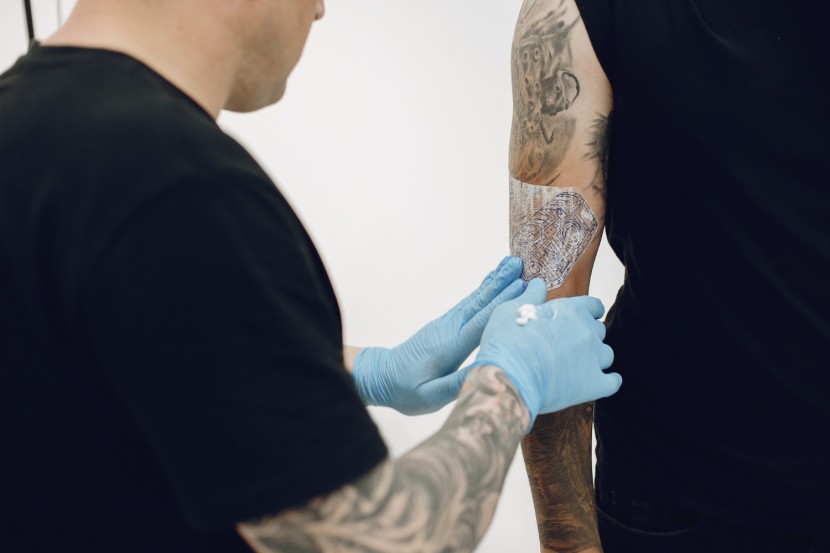
Getting a tattoo is an exciting and meaningful experience, but let's be honest—the pain can be a major downside. That's where Tattoo Numbing Cream comes in. With the growing popularity of body art, more people are turning to numbing creams to make their tattoo sessions more comfortable. But how do these creams work? What ingredients make them effective? And how can you use them safely? Let's dive into the science behind tattoo numbing creams, highlight a top-rated product, and explore how this industry is booming in the U.S.
The Science Behind Tattoo Numbing Cream
Tattoo numbing creams contain active ingredients that temporarily block pain signals from reaching the brain. The three most common numbing agents in these creams are:
- Lidocaine – A local anesthetic that works by blocking nerve signals. It numbs the skin quickly and is widely used in medical and cosmetic procedures.
- Benzocaine – Another topical anesthetic, commonly found in oral pain relief products. It works similarly to lidocaine but is often combined with other numbing agents for stronger effects.
- Tetracaine – A powerful anesthetic that works longer than lidocaine, often used in combination with epinephrine to prolong numbing effects.
Among these, lidocaine is the most popular ingredient in tattoo numbing creams due to its fast-acting and reliable numbing properties. Scientific studies have shown that lidocaine effectively reduces pain by inhibiting sodium channels in nerve cells, which prevents them from sending pain signals to the brain.
Why More People Are Choosing Tattoo Numbing Cream
With the rise of large-scale, intricate tattoos, numbing creams have become increasingly popular. Many artists spend hours working on detailed pieces, making pain management essential for a smooth experience. Adellina Tattoo Numbing Cream, one of the most well-reviewed products on the market, contains 5% lidocaine, which is the highest percentage allowed over the counter. This ensures maximum numbing effect, making it a go-to choice for those with low pain tolerance.
How to Use Tattoo Numbing Cream Safely
While numbing creams can significantly reduce pain, improper use can lead to side effects such as skin irritation, redness, or even an allergic reaction. Here are some tips to ensure safe and effective use:
- Do a Patch Test – Apply a small amount to your skin 24 hours before your tattoo session to check for any allergic reactions.
- Apply to Clean, Dry Skin – Wash the tattoo area with soap and water, then dry thoroughly before applying the cream.
- Use a Thick Layer – Apply a generous amount and cover it with plastic wrap for 30-60 minutes before your session. This allows the cream to fully absorb into the skin.
- Follow Time Guidelines – Leaving the cream on for too long can lead to adverse effects. Always follow the manufacturer's instructions.
- Communicate with Your Tattoo Artist – Let your tattoo artist know if you've used numbing cream, as it may slightly affect skin texture.
The Growth of the Tattoo Numbing Cream Market in the U.S.
As tattoos become more mainstream, the demand for numbing creams has skyrocketed. According to industry reports, the tattoo numbing cream market in the U.S. has grown by over 30% in the last five years, with more consumers seeking pain-free tattoo solutions.
The growing acceptance of tattoos in workplaces, along with the increasing trend of full-body tattoos and micro tattoos, has driven sales of numbing creams. Brands like Adellina have gained a loyal customer base, with thousands of positive reviews from satisfied users.








